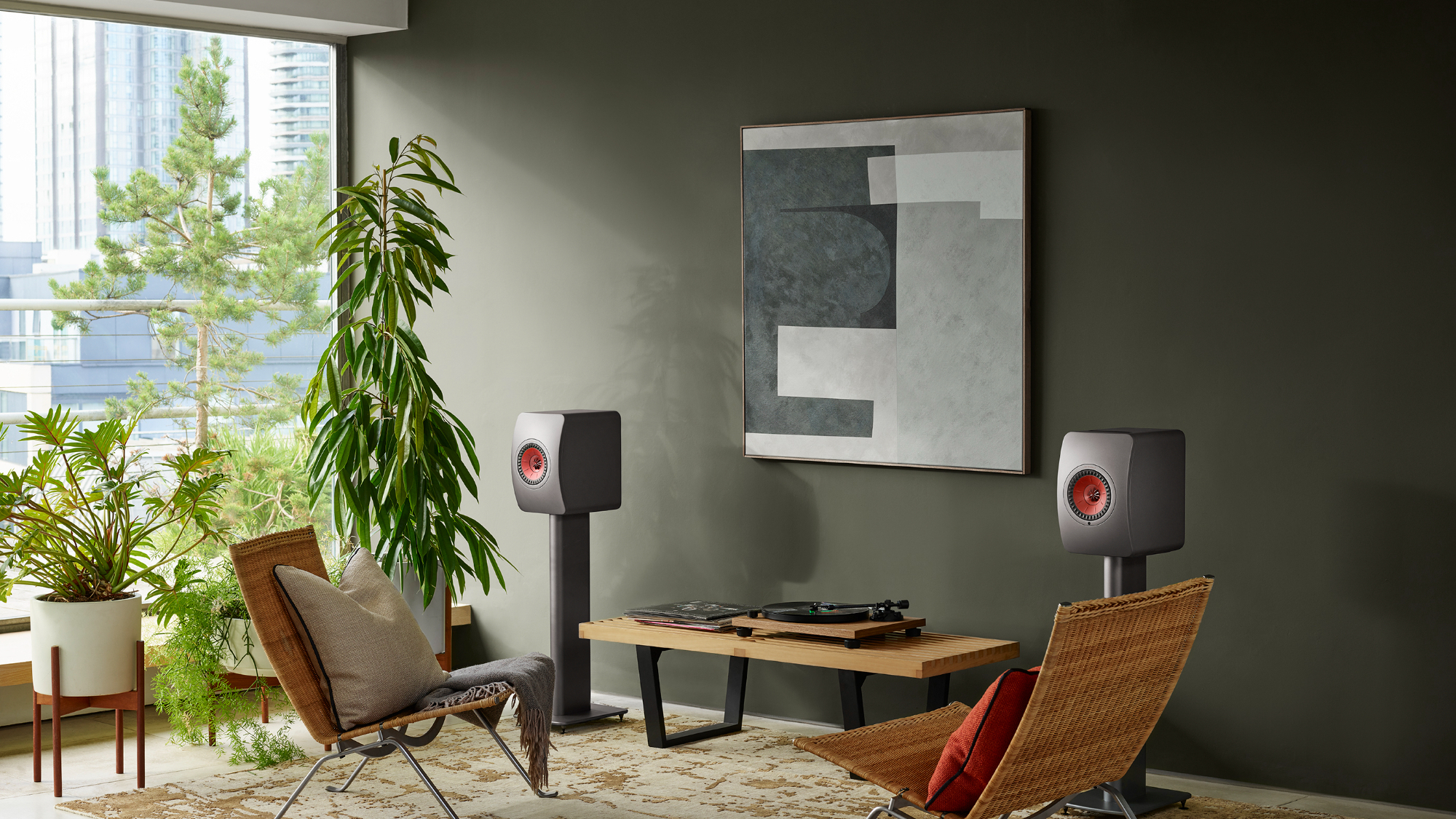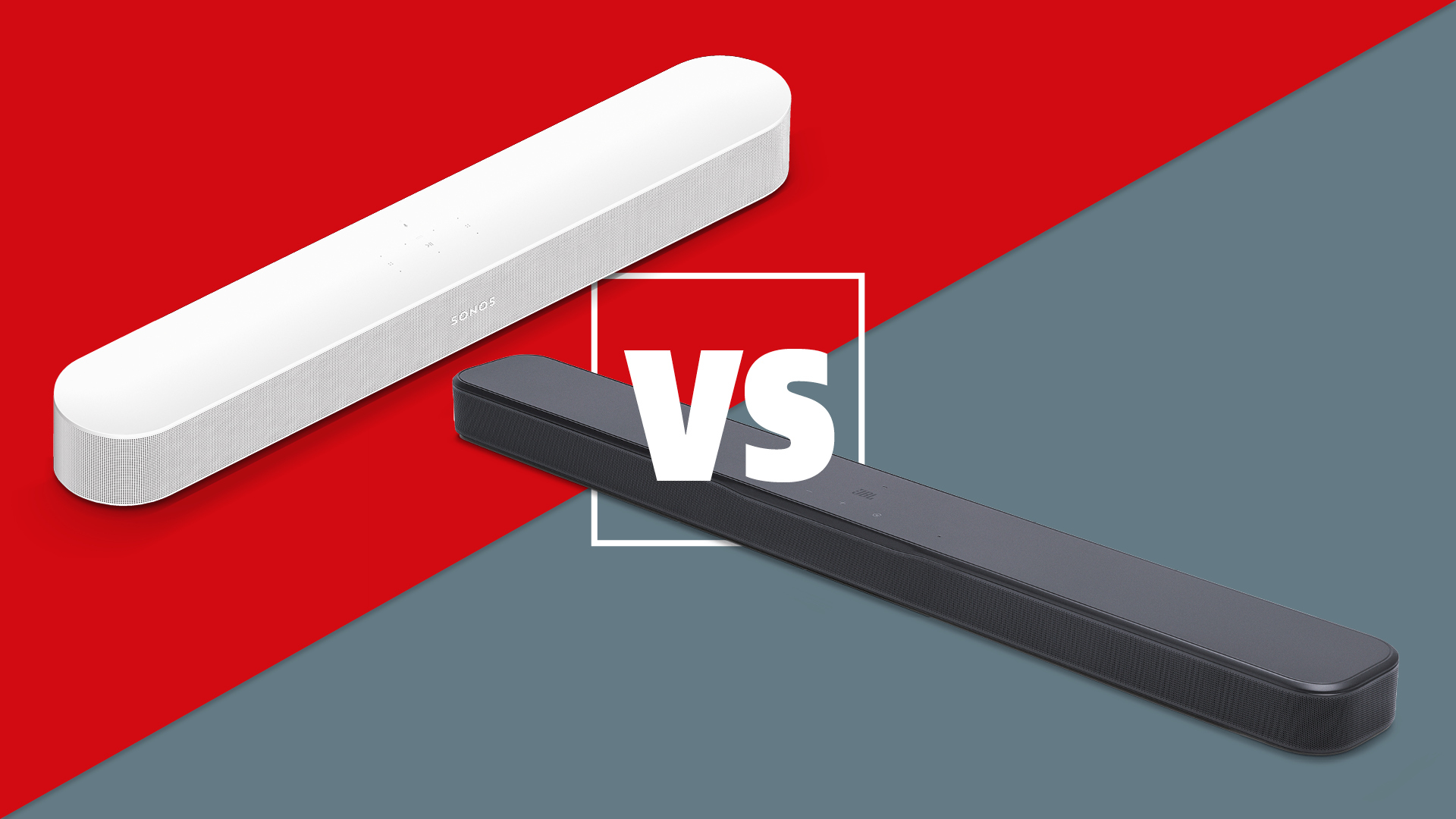Wait, why aren't there more hi-fi systems like this?
Streaming stereo speakers are coming in a trickle

I remember this autumnal day in 2017 like it was yesterday. Following an ill-timed holiday, during which the rest of the What Hi-Fi? reviews team had received and tested the KEF LS50 Wireless, I walked into our hi-fi test room, then in Twickenham, and found the two speakers hooked up playing music. I’d read about these “wireless LS50s” since they were announced the November prior, but here they were in front of me for the first time – just two regular-sized speaker cabinets plugged into the power sockets behind them, and to one another via an ethernet cable; no extra transmitter box, no source physically tethered to them. Where was this music coming from? ‘Only’ Bluetooth, I would discover as I approached them and peered at their top-panel input display, though their killer feature was undoubtedly built-in wi-fi and network streaming.
While we as a team had come across, and reviewed, powered and active speakers from the likes of Dynaudio, Dali, Linn and Meridian before, we were all in agreement that none of them had combined such an assortment of features in such an elegant and accessible (~£2000/$2000/AU$4000) two-box format – primarily as they hadn’t integrated wi-fi streaming, either at all or as smartly.
“Well, this is pretty neat,” I remember thinking as I sat and listened for a while (I believe some indie-pop by Spoon was playing), trying to mentally erase the interconnecting cable that hung between the speakers and somewhat spoiled the otherwise unsullied setup (something that was, thankfully, physically erased in the MKII versions released two years later, as you can see just below).

“Is this what the hi-fi system of the future should look like? We certainly hope so,” is how we concluded our five-star review of these pioneering KEF oddballs. That was over six years ago, and indeed the fully integrated streaming stereo speaker road has been travelled down by a number of hi-fi manufacturers looking to offer both performance and convenience in a best-of-both-worlds system.
PSB, JBL, B&W, Triangle, Piega, Sonus Faber and Kii Audio have a pair or two under their belt, and some can be found in the upper echelons of the hi-fi market in Cabasse Pearl Pelegrina and Dynaudio Focus territory. But I expected the path to be somewhat as heavily trodden as Disneyland’s Main Street on the first day of the summer school holidays by now – why aren’t there more LS50 Wireless II challengers? Why is it only this year that we have felt compelled to offer a second Best Buy award to something of this design?
That was to the JBL 4329P (pictured below and tragic only in name) by the way, and it was listening to these all-in-ones that spurred my desire, and that of my colleagues I believe, for more of their type to exist. You’ll read, and likely know yourselves, that much about hi-fi is a compromise, and by their very nature (that is, cramming multiple components that are traditionally each housed in dedicated boxes, into just two cabinets), the JBLs and the like are compromised. Compromised in terms of their performance due to a) that cramming (sonic sacrifices are inevitable when circuitry for different applications share spaces and cannot be properly isolated), and b) the likelihood that the manufacturer behind them is a specialist in speakers or electronics but not both. There’s a compromise in terms of practicality despite their obvious advantages there too: the inherently limited upgrade path they offer.
But the JBLs, for their fairly accessible price of £3499/$4500 (easily what a budget-to-mid-priced system of separates would cost inclusive of stands and cables etc), deliver a performance more mature than I had previously heard from such a design at this level. In our final stages of testing, our reviews team decided there wasn’t much in it between them and a good comparable-cost separates system.
The latest hi-fi, home cinema and tech news, reviews, buying advice and deals, direct to your inbox.

JBL has taken its proven horn loudspeaker design and implemented the electronics into it very well, taking advantage of the all-in-one design’s biggest strength – that every part, from streaming chips to amplifier modules to speaker components, is specifically chosen and executed to work together optimally, all under the control of one manufacturer. And so for someone after a room-fillingly big, energetic and detailed stereo sound in the tidiness of two boxes – something generally beyond the capability of the KEFs – the 4329P is ideal.
I look forward to hearing what the newly announced Sonus Faber Duettos can do in this same region of around £3500/$4000/AU$7000, but more broadly I’m excited to see how good this all-in-one design can get, both in the (relatively) accessibly priced realm and beyond it. For what it's worth, I do suspect that more of them will fly off production lines very soon, not least as several of the category’s brands mentioned above have only launched their designs in recent months.
Given that Class D amplification (which can facilitate high-power outputs with less heat and therefore allow for smaller products) is seemingly maturing, and DSP know-how and streaming architecture are going that way too, not to mention that there’ll likely be a continued whole-system demand for ‘better from smaller’, the path ahead of stereo speaker systems looks promising.
MORE:
Our expert pick of the best hi-fi systems 2023: CD, vinyl and streaming music systems for the home
Active vs passive speakers: what's the difference? Which is better?
See all the What Hi-Fi? Award 2023 winners

Becky is a hi-fi, AV and technology journalist, formerly the Managing Editor at What Hi-Fi? and Editor of Australian Hi-Fi and Audio Esoterica magazines. With over twelve years of journalism experience in the hi-fi industry, she has reviewed all manner of audio gear, from budget amplifiers to high-end speakers, and particularly specialises in headphones and head-fi devices.
In her spare time, Becky can often be found running, watching Liverpool FC and horror movies, and hunting for gluten-free cake.
